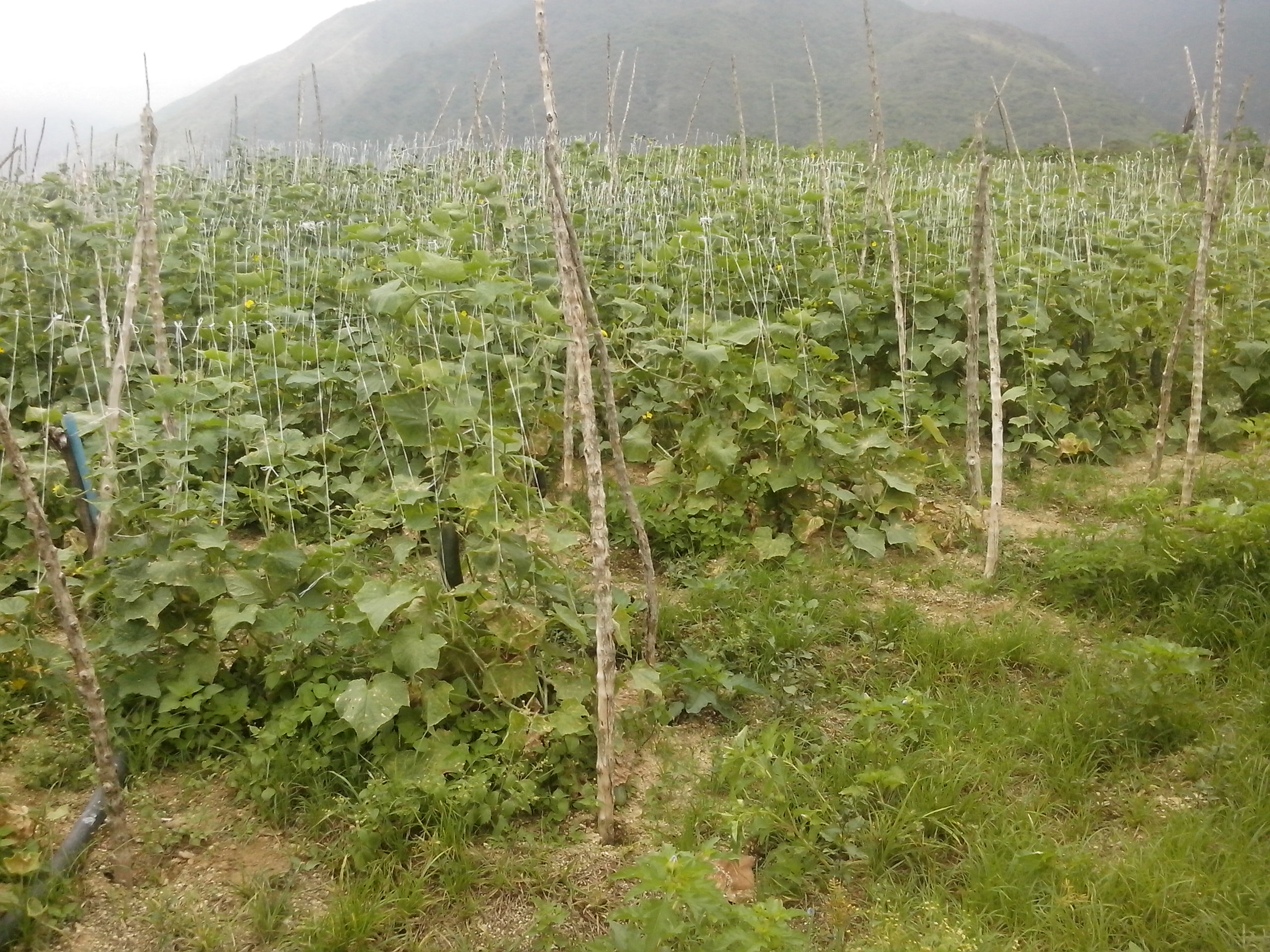A plant biostimulant is a product whose function is to stimulate the plant's nutrition processes regardless of the nutrient content with the sole objective of improving one or more of the characteristics of the established crop.

* Algae extracts: they are rich in plant hormones, vitamins and minerals, they stimulate the growth and development of plants, marine biologists found high levels of biostimulant substances and according to what was added by Kahn, Rayirath, Subramian, Jithesh, Rayorath, Hodges, Critchley, Craigie, Norrie and Prithiviraj (2009), the positive effects of the use of algae extracts include improvements in germination, root development, plant vigor, and resistance to pathogens; they are used as biostimulants, as they encourage the plant to produce its own hormones and contribute to the absorption and translocation of nutrients.
* Amino acids: They improve the absorption of nutrients and resistance to stress, according to Gutiérrez when applied to plants they help in the production of proteins, which usually implies energy expenditure for the plant, then the plant can use said energy in other important processes such as growth, flowering and others.
* Humic and fulvic acids: they improve the structure of the soil and the availability of nutrients. In that sense Molina (2002), mentions that humic and fulvic acids form humates and fulvates with the cations of the soil, avoiding retrogradation, they are able to fix the nutrients that are applied as fertilizer, decreasing the losses by leaching and immobilization, they are activators of the microbial flora of the soil, they increase the cation exchange capacity of the soil and the retention of moisture. In addition, it stimulates the development of the root and increases the permeability of the cell membrane facilitating the absorption of nutrients.
* Microorganismos benéficos: Promueven el crecimiento de las raíces y protegen a las plantas de enfermedades, por otra parte, la Empresa Producción y tecnología de EM EMPROTEC (s.f.), señalan que los microorganismos eficientes pueden aumentar significativamente los efectos benéficos en suelos, ya que ayudan al proceso de descomposición de materiales orgánicos y durante la fermentación produce ácidos orgánicos entre los cuales se encuentran: ácidos lácticos, ácidos acéticos, aminoácidos y vitaminas, asimismo las bacterias acido lácticas que son microorganismos presentes en el EM pueden llegar a suprimir microbios patogénicos directa e indirectamente por la producción de actinomicetos.

| How do biostimulants for plants work? |
|---|
Lozada (2017), indicated that biostimulants increase the metabolic and physiological functions of plants, such as the development of the root, stem, leaves, flowers and fruit, increases photosynthesis and decreases damage caused by climatic factors, in addition to it improves the nutritional status of plants and maintains a hormonal balance. The same author mentions that the biostimulants in their formulation contain free amino acids which have a low molecular weight, are transported and absorbed quickly by the plant, taking advantage of protein synthesis, saving a large amount of energy that is concentrated on increasing production.

Biostimulants as mentioned by Kocira, A.; Lamorska, J.; Kornas, R.; Nowosad, N.; Tomaszewska, M.; Leszczynska, D.; Kozowicz, K. and Tabor, S. (2020). they are a promising option; since, this group of beneficial substances or microorganisms, induce physiological and morphological responses in plants, especially under unfavorable conditions, which leads to improve their adaptation, growth and productivity impacting favorably on yield.
Dear readers these products are an alternative for sustainable management in crop nutrition, which allows the development of a profitable and ecological agriculture, there is evidence that their use stimulates the growth of the foliar area and accumulation of dry matter, as well as the yield and its components.
Thank you for reading our articles until a next installment.
Kahn, W.; Rayirath, P.; Subramian, S.; Jithesh, M.; Rayorath, P.; Hodges, M.; Critchley, A.; Craigie, J.; Norrie, J. and Prithiviraj, B. (2009). Seaweed extracts as biostimulants of plant growth and development. Science and agriculture. 27. 270-279
Molina, E. (2002). Sources of foliar fertilizers. in G. Meléndez; E. Molina (Ed.), Foliar fertilization: Principles and applications (pp. 110- 124). Costa Rica.
EM production and technology. (n.f.). EM technology guide. Costa Rica: EMPROTEC.
Lozada, C. (2017). Evaluation of three biostimulants for the increase of root mass and productivity in an established strawberry crop (fragaria × ananassa). Unpublished degree work. Technical University of Ambato, Ecuador.
Kocira, A.; Lamorska, J.; Kornas, R.; Nowosad, N.; Tomaszewska, M.; Leszczynska, D.; Kozowicz, K. and Tabor, S. (2020). Changes in biochemistry and performance in response to biostimulants applied in bean (Phaseolus vulgaris L.). Agronomy 10:189.
Sources
- Photography and images: All photographs and images are the property of the author @amestyj
- Agrotecnia banner: made by the author @amestyj with own images
- Hive Banner: Designed by the author @amestyj with image owned by hive.









Thanks for your contribution to the STEMsocial community. Feel free to join us on discord to get to know the rest of us!
Please consider delegating to the @stemsocial account (85% of the curation rewards are returned).
You may also include @stemsocial as a beneficiary of the rewards of this post to get a stronger support.